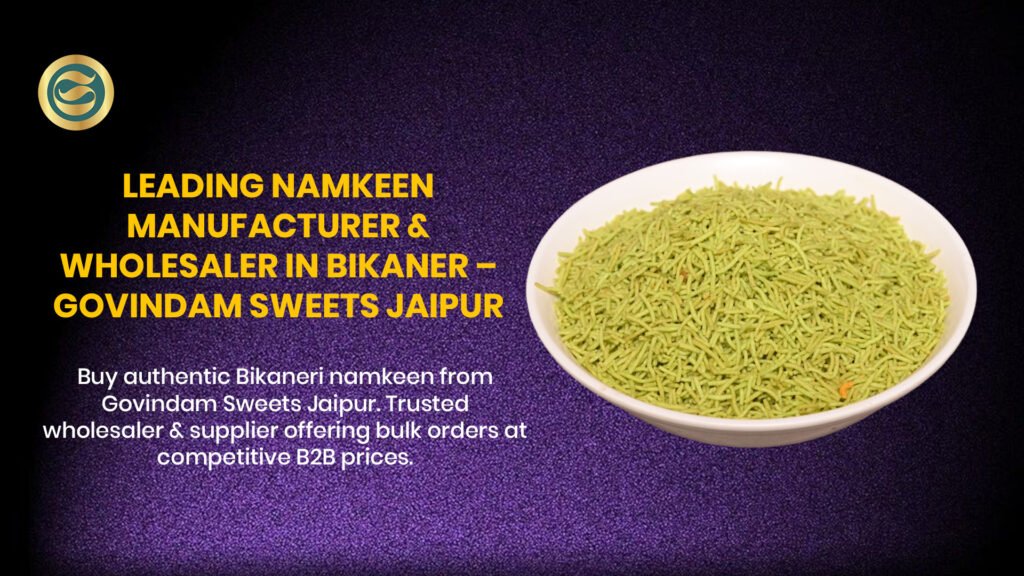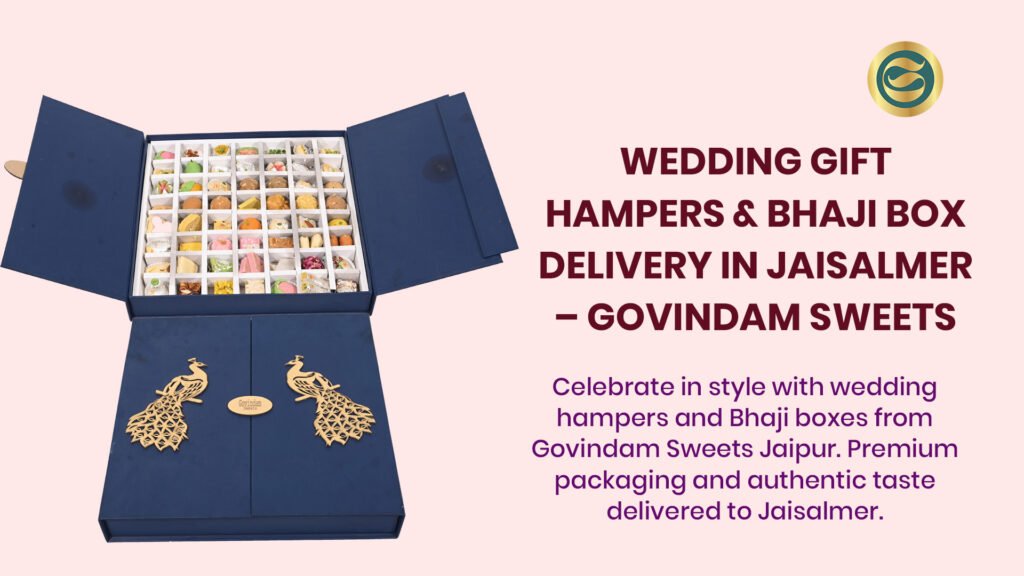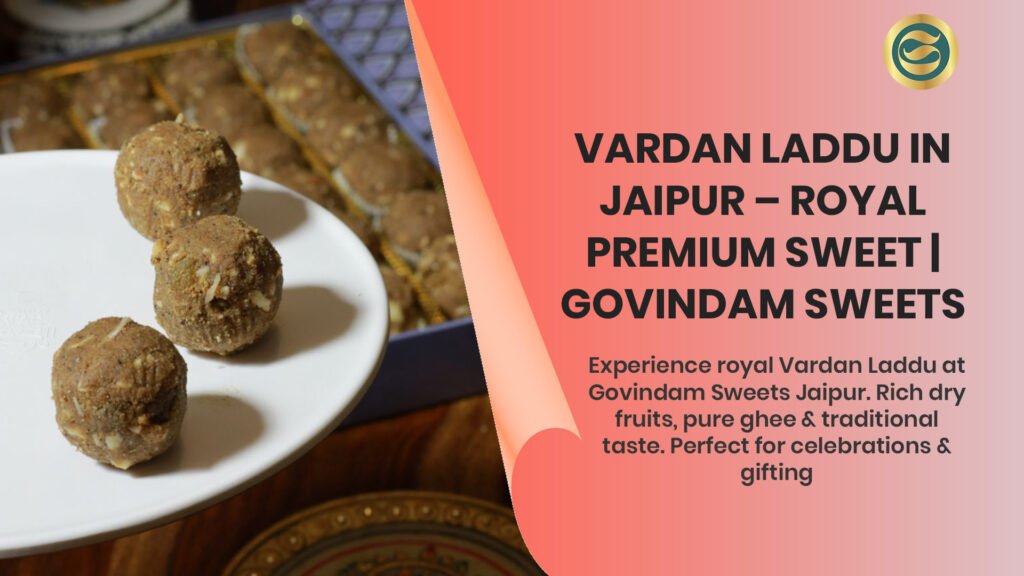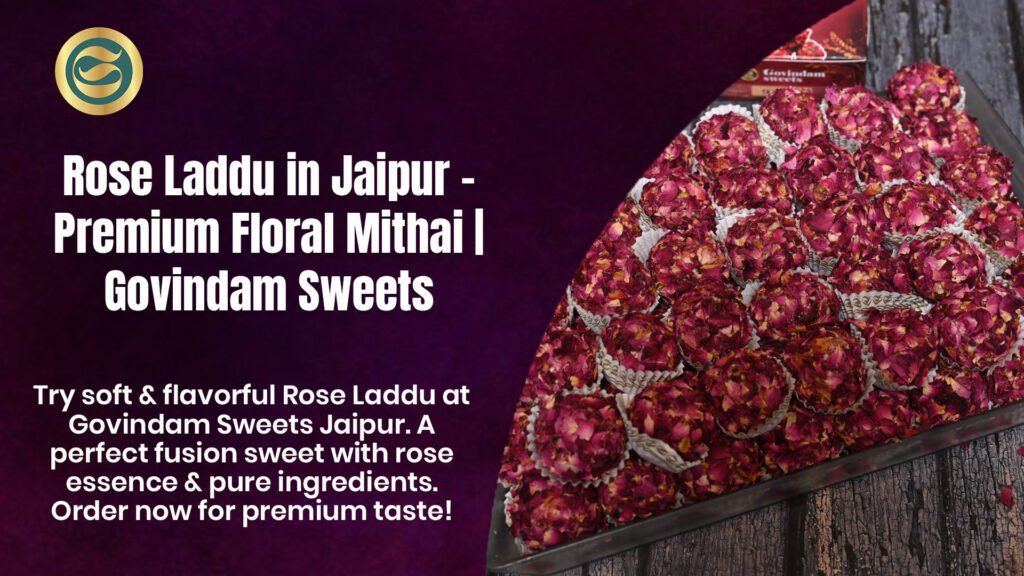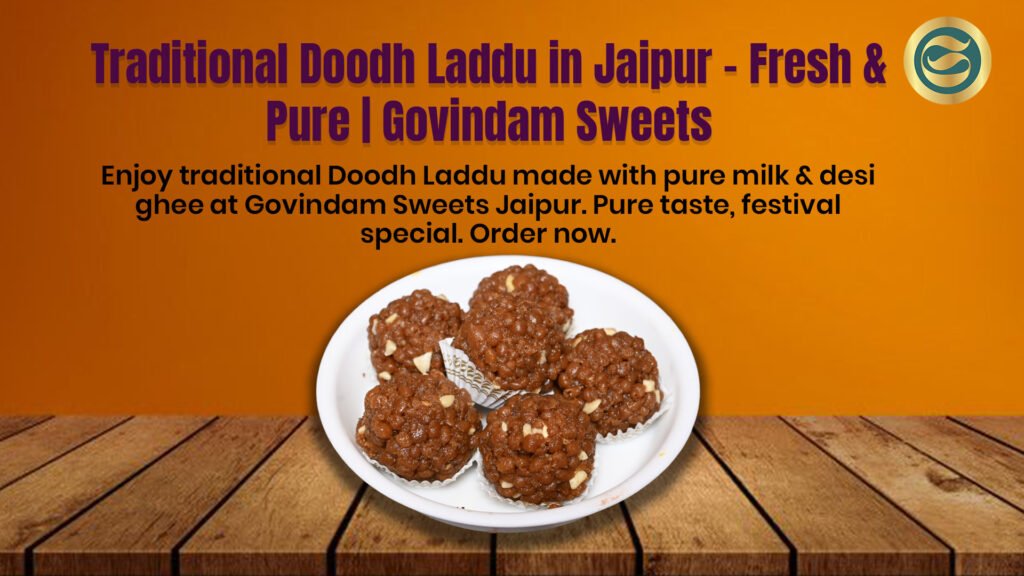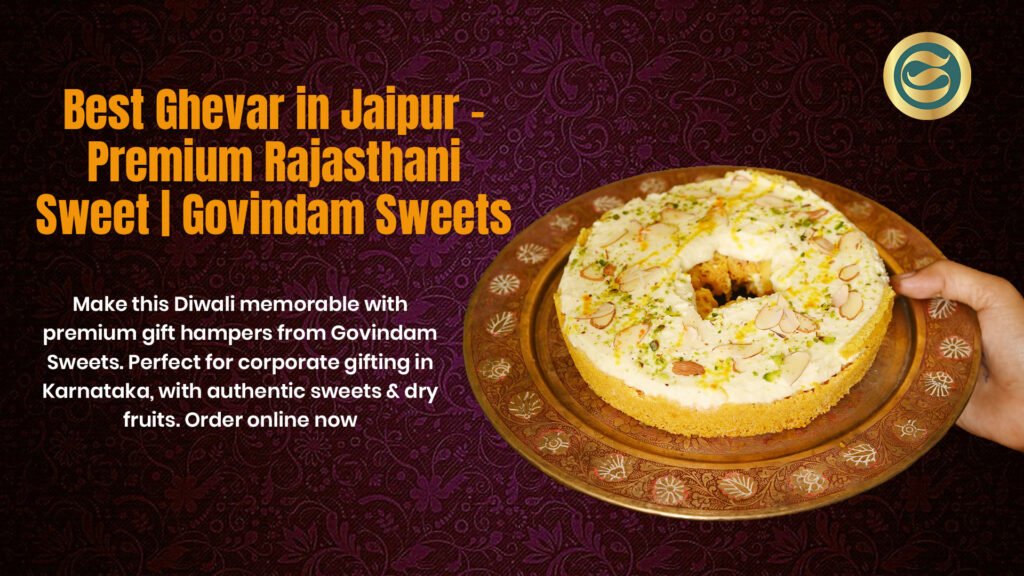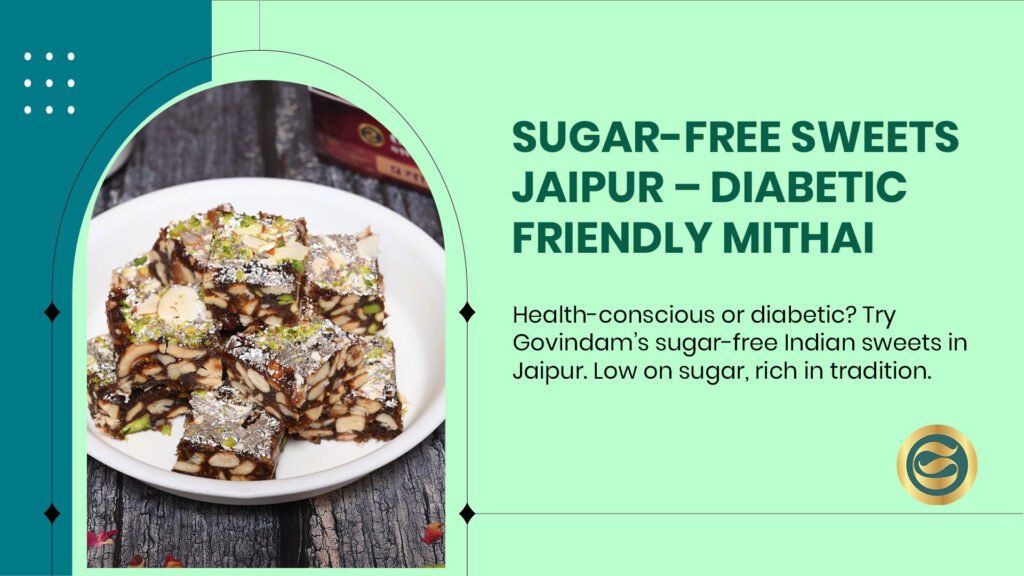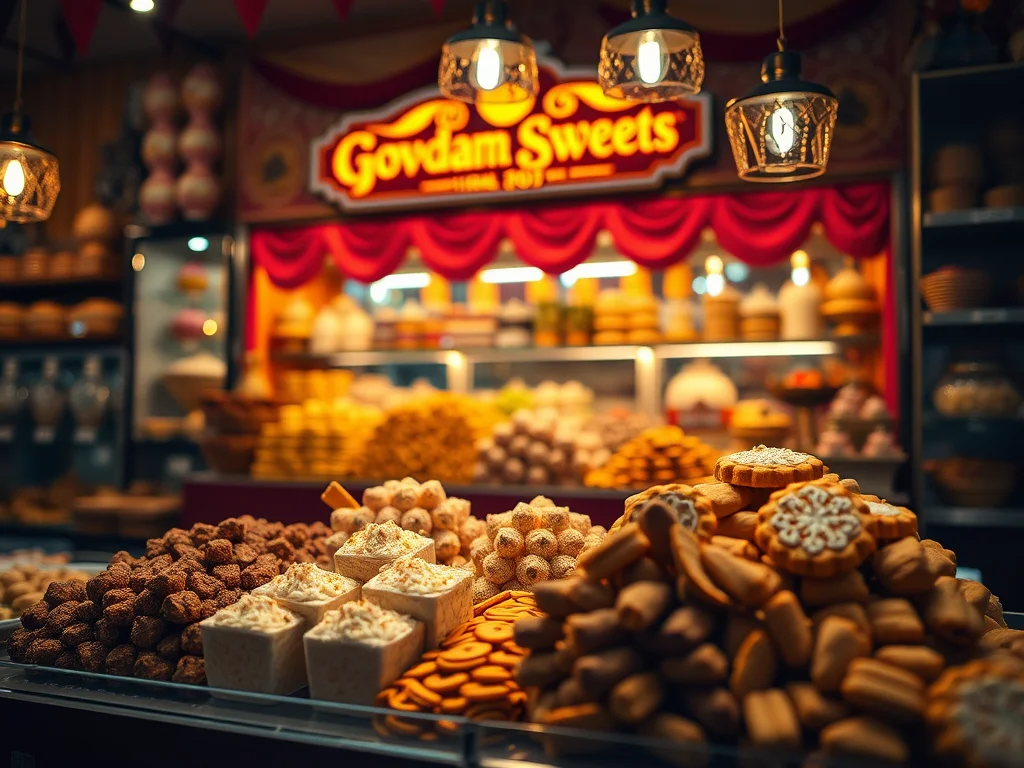
Posts
Discover Authentic Flavors of Traditional Namkeen Shops India
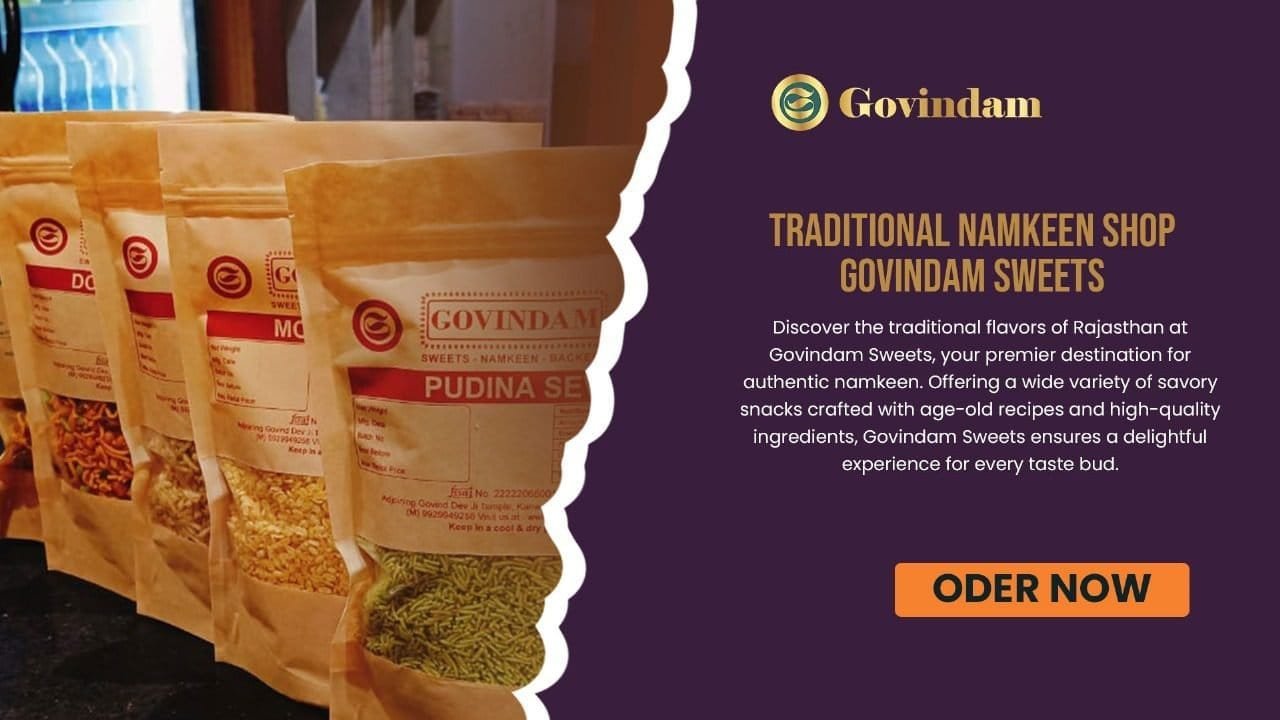
Explore traditional namkeen shops preserving authentic Indian savory snack heritage through time-honored recipes, regional specialties, and artisanal preparation methods. Discover heritage establishments maintaining quality standards, offering diverse bhujia, sev, mixture varieties, and seasonal delicacies that connect generations to India’s rich culinary traditions through flavorful, crunchy, and authentic namkeen experiences.
Discover the Authentic Flavors of Traditional Namkeen Shops
Introduction: The Heritage of Traditional Namkeen Shops in India
Across India’s diverse culinary landscape, traditional namkeen shops stand as guardians of savory snack heritage, preserving time-honored recipes and authentic preparation methods that have delighted generations. These beloved establishments offer far more than mere snacking options—they represent living museums of regional culinary traditions, showcase artisanal craftsmanship, and provide cultural touchstones connecting modern consumers to ancestral food practices. From the famous Bikaner bhujia to Gujarat’s diverse mixture varieties, from Rajasthan’s spicy sev to Maharashtra’s chakli specialties, traditional namkeen shops celebrate India’s extraordinary regional diversity through countless savory preparations that vary dramatically across geographic, cultural, and linguistic boundaries.
The enduring appeal of traditional namkeen shops lies in their commitment to authenticity over convenience, quality over quantity, and traditional methods over industrial shortcuts. While modern supermarkets stock mass-produced packaged snacks, discerning customers continue seeking traditional namkeen shops where namkeen is prepared fresh daily using premium ingredients, time-tested techniques, and recipes refined over generations. These establishments maintain standards that distinguish authentic preparations from inferior alternatives—proper spice balances that create complex flavors rather than one-dimensional heat, ideal textures ranging from delicate crispness to satisfying crunch, and natural taste profiles free from artificial enhancers masking mediocre base preparations.
Govindam Sweets exemplifies this heritage through our dedication to authentic Rajasthani namkeen alongside our renowned sweet specialties. While our Ghewar and Balwan Laddu earn recognition as signature offerings, our namkeen preparations maintain equally rigorous quality standards honoring Jaipur’s savory snack traditions. Understanding what makes traditional namkeen shops special helps appreciating the craftsmanship, cultural significance, and flavor excellence that distinguish authentic establishments from ordinary snack retailers.
Understanding What Makes Traditional Namkeen Shops Special
Heritage Recipes Passed Through Generations
The foundation of exceptional traditional namkeen shops lies in recipes passed through family lines or master-apprentice relationships spanning decades or even centuries. These closely guarded formulas specify not just ingredient lists but also preparation nuances—exact spice proportions creating signature flavor profiles, precise cooking temperatures ensuring proper texture development, specific techniques achieving characteristic appearances, and timing refinements perfected through countless batches. The recipes define traditional namkeen shops identity, distinguishing one establishment’s bhujia from competitors’ versions despite apparently similar preparations.
This heritage preservation represents crucial cultural service as industrialization threatens traditional food practices with standardization and simplification. When customers choose traditional namkeen shops over packaged alternatives, they vote for cultural preservation alongside personal taste satisfaction, supporting continuation of culinary traditions increasingly vulnerable to homogenization pressures affecting all traditional crafts in modern economies prioritizing efficiency over authenticity.
Artisanal Preparation Methods
Unlike factories producing namkeen through automated processes emphasizing consistency and scale, traditional namkeen shops employ artisanal methods requiring skilled hands and experienced judgment. Dough preparation demands understanding how flour characteristics change with seasons and humidity levels. Frying requires constant attention adjusting temperatures and timing based on batch-specific observations. Spice mixing needs sensory evaluation ensuring proper balance despite natural ingredient variations. These manual approaches create slight batch variations that connoisseurs appreciate as authenticity markers, contrasting with industrial production’s sterile uniformity.
The artisanal character of traditional namkeen shops also enables customization and experimentation within traditional frameworks. Skilled artisans can adjust spice levels accommodating regional taste preferences, create special preparations for festivals or occasions, or develop new varieties building on traditional foundations while maintaining quality standards and authentic character that define their establishments’ reputations.
Premium Ingredient Sourcing
Quality namkeen begins with quality ingredients, and traditional namkeen shops typically maintain higher ingredient standards than mass-market manufacturers constrained by cost considerations at industrial scales. Premium gram flour (besan) from trusted mills provides proper texture and natural sweetness. Pure, filtered oils enable multiple frying cycles without degradation affecting flavor. Whole spices ground fresh deliver aromatic complexity impossible in pre-ground alternatives. Quality salt without anti-caking agents contributes clean flavor enhancement. These ingredient investments distinguish traditional namkeen shops products through superior taste, better texture, and overall excellence justifying price premiums over inferior alternatives.
Regional Specialization and Diversity
India’s regional diversity manifests prominently in namkeen traditions, with different areas specializing in distinctive preparations. Bikaner’s fame for bhujia, Gujarat’s mixture varieties, Maharashtra’s chakli expertise, and Tamil Nadu’s murukku traditions demonstrate how traditional namkeen shops reflect and preserve regional culinary identities. This specialization creates pilgrimage destinations for namkeen enthusiasts traveling specifically to experience authentic regional preparations from source regions where traditional methods and authentic recipes remain strongest.
The regional diversity also means traditional namkeen shops in different areas offer varied product ranges reflecting local preferences and traditions. Jaipur shops might emphasize Rajasthani specialties like thick sev and spicy mixtures, while Mumbai establishments feature Maharashtra’s chakli and chivda varieties. This geographic specificity makes exploring traditional namkeen shops across India fascinating culinary journey revealing the subcontinent’s remarkable diversity through savory snack traditions.
Popular Namkeen Varieties Found in Traditional Shops
Bhujia: The King of Traditional Namkeen
Bhujia represents perhaps India’s most famous namkeen variety, with Bikaner bhujia particularly renowned for its fine texture and addictive flavor. This gram flour preparation requires considerable skill—achieving proper dough consistency, extruding through specialized equipment creating characteristic fine strands, frying at precise temperatures ensuring even cooking without burning, and seasoning with secret spice blends distinguishing one shop’s bhujia from competitors. Quality traditional namkeen shops specializing in bhujia maintain exacting standards producing consistently excellent batches that loyal customers recognize immediately upon tasting.
The popularity of bhujia across India means most traditional namkeen shops offer some version, though authentic Bikaner-style preparations remain relatively rare outside Rajasthan due to technique requirements and recipe specificities that casual producers cannot easily replicate. Discerning customers seeking authentic bhujia specifically seek traditional namkeen shops with Rajasthani connections or master artisans trained in proper preparation methods.
Sev: Versatile Savory Strands
Sev encompasses diverse varieties distinguished by thickness, spice levels, and ingredient variations. Fine sev provides delicate crunch suitable for garnishing chaat and other dishes. Thick sev (also called ratlami sev after Ratlam city) delivers substantial bite perfect for standalone snacking. Plain sev highlights gram flour’s natural flavor, while spiced versions incorporate various seasonings creating different taste profiles. Quality traditional namkeen shops typically offer multiple sev varieties accommodating diverse usage contexts and preference profiles.
Preparation skill particularly shows in sev’s consistency—maintaining uniform thickness throughout batches, achieving ideal crispness without hardness or greasiness, and developing proper flavor without excessive spice domination. These quality markers distinguish traditional namkeen shops sev from mass-produced alternatives often suffering from irregular thickness, improper texture, or unbalanced seasoning compromising eating experiences.
Mixture: Complex Flavor Combinations
Namkeen mixture combines multiple components—various sev types, peanuts, cashews, dried peas, curry leaves, spices—creating complex taste and texture experiences in single preparations. Regional mixture styles vary dramatically, with Gujarati versions emphasizing sweetness alongside spice, Maharashtrian preparations highlighting savory depths, and Rajasthani mixtures delivering robust spice profiles. Quality traditional namkeen shops create proprietary mixture recipes becoming signature offerings that loyal customers specifically seek, often preferring particular shops’ mixtures over others’ based on subtle component balances and seasoning profiles.
The art of mixture preparation involves balancing components so no single element dominates while ensuring proper spice distribution throughout. Inferior mixtures suffer from segregation where different components separate rather than remaining integrated, uneven seasoning leaving some portions bland and others oversalted, or stale components compromising overall freshness. Traditional namkeen shops maintaining proper quality control avoid these pitfalls through fresh preparation, careful mixing, and appropriate storage preventing degradation.
Chakli and Murukku: Spiral Delights
These spiral-shaped namkeens showcase preparation artistry—dough must achieve proper consistency for extrusion, frying requires attention preventing breakage, and seasoning needs integration throughout rather than merely surface application. While similar in appearance, chakli (Maharashtrian) and murukku (South Indian) differ in spice profiles and ingredient proportions reflecting regional preferences. Traditional namkeen shops in respective regions maintain authentic versions representing local traditions rather than hybridized adaptations compromising traditional character for broader appeal.
The visual appeal of well-formed chakli or murukku adds to eating enjoyment—uniform spirals, consistent thickness, and attractive golden color create appetizing presentations before first bites confirm texture and flavor excellence. Traditional namkeen shops take pride in these aesthetic dimensions alongside taste quality, understanding that complete sensory experiences require attention to appearance and presentation as well as flavor development.
Seasonal and Festival Specialties
Certain namkeen varieties appear primarily during specific seasons or festivals, creating anticipation and emphasizing traditional associations between foods and celebrations. Winter brings til-papdi and other sesame preparations providing warming calories. Holi features gujiya’s savory counterparts. Diwali sees expanded namkeen offerings as families stock up for celebrations. These seasonal specialties keep traditional namkeen shops relevant throughout the year while honoring cultural traditions linking specific foods to particular occasions, maintaining practices that give Indian food culture its rich ceremonial dimensions.
Regional Variations in Traditional Namkeen Shops
Rajasthani Namkeen Heritage
Rajasthan’s traditional namkeen shops reflect the state’s desert climate and warrior heritage through robust, spicy preparations providing long shelf life without refrigeration—essential in pre-modern times when preservation challenges influenced food development. Bikaner bhujia represents Rajasthan’s most famous contribution to namkeen heritage, though other specialties like pyaz kachori, moong dal, and various sev varieties also showcase regional expertise. Jaipur’s traditional namkeen shops balance local specialties with broader Rajasthani traditions, often incorporating innovative preparations building on traditional foundations.
Govindam Sweets maintains this Rajasthani heritage through namkeen offerings complementing our sweet specialties, ensuring customers accessing authentic Pink City flavors in both categories. Our Rajasthani specialties encompass both sweet and savory traditions reflecting Jaipur’s comprehensive culinary excellence.
Gujarati Mixture Traditions
Gujarat’s traditional namkeen shops specialize in diverse mixture varieties balancing sweet, spicy, and savory elements reflecting the region’s sophisticated palate development. Gujarati mixtures often incorporate dried fruits, nuts, and sugar-coated elements alongside savory components, creating complex flavor profiles impossible to categorize as purely sweet or savory. This culinary sophistication demonstrates how traditional namkeen shops serve as repositories for regional taste preferences and traditional flavor combinations that might seem unusual to outsiders but represent perfectly logical development within specific cultural contexts.
Maharashtrian Savory Specialties
Maharashtra’s traditional namkeen shops feature chivda (flattened rice preparations), various chakli styles, and savory mixtures emphasizing robust flavors complementing the region’s agricultural abundance and coastal influences. The variety within Maharashtrian namkeen traditions demonstrates how even single states encompass remarkable diversity, with coastal, plateau, and mountain regions each contributing distinctive preparations to the broader traditional namkeen shops repertoire that makes Maharashtra an important pilgrimage destination for namkeen enthusiasts.
South Indian Murukku Masters
Tamil Nadu, Karnataka, and Kerala’s traditional namkeen shops specialize in murukku varieties showcasing South Indian spicing traditions and rice flour expertise. The region’s murukku preparations often incorporate curry leaves, asafoetida, and other aromatics characteristic of South Indian cuisine, creating namkeen distinctly different from North Indian preparations yet equally delicious and culturally significant. These regional differences remind us that traditional namkeen shops collectively preserve India’s remarkable culinary diversity rather than homogenizing toward single national standard.
How Traditional Namkeen Shops Maintain Quality Standards
Daily Fresh Preparation Philosophy
Superior traditional namkeen shops emphasize daily fresh preparation rather than producing large batches requiring extended storage. This commitment to freshness ensures optimal crispness, prevents staleness, and maintains flavor intensity that deteriorates over time even with proper storage. The daily preparation approach requires significant labor investment but delivers quality distinguishing truly excellent traditional namkeen shops from adequate alternatives accepting compromises for operational convenience.
Proper Storage and Handling
Even fresh namkeen requires proper storage preventing moisture absorption, maintaining crispness, and preserving flavor. Quality traditional namkeen shops employ airtight containers, climate-controlled environments where feasible, and systematic rotation ensuring older inventory sells before freshness declines. These storage practices reflect professionalism and quality commitment beyond mere preparation excellence, recognizing that maintaining quality through sale completes the excellence chain beginning with ingredient sourcing and preparation craftsmanship.
Hygiene and Food Safety Standards
Modern traditional namkeen shops balance heritage preservation with contemporary hygiene expectations. FSSAI certification ensures regulatory compliance, clean preparation areas prevent contamination, protective equipment for food handlers maintains sanitation, and systematic quality checks verify consistent standards. These practices reassure customers that choosing traditional namkeen shops doesn’t require sacrificing food safety for authenticity, demonstrating how traditional excellence can coexist with modern safety requirements.
Artisan Training and Skill Development
Maintaining traditional preparation methods requires skilled artisans, and forward-thinking traditional namkeen shops invest in training programs ensuring skill transmission to younger generations. Apprenticeship models where experienced masters train newcomers preserve tacit knowledge that written recipes cannot fully convey. This human capital investment demonstrates long-term commitment that truly excellent traditional namkeen shops maintain toward heritage preservation and quality continuation regardless of changing market dynamics and competitive pressures.
The Cultural Significance of Traditional Namkeen Shops
Social Gathering Spaces
Beyond mere retail functions, traditional namkeen shops serve as community gathering spaces where customers exchange news, discuss local affairs, and maintain social connections. The shops become neighborhood institutions where regular customers enjoy familiar faces and conversations alongside favorite namkeen purchases. This social dimension gives traditional namkeen shops importance transcending commercial relationships to become genuine community assets contributing to social cohesion and local identity.
Preserving Culinary Heritage
In rapidly modernizing India where many traditional practices face extinction, traditional namkeen shops serve crucial heritage preservation roles. By maintaining authentic recipes, traditional preparation methods, and cultural knowledge surrounding namkeen production and consumption, these establishments keep culinary traditions alive for future generations. Supporting traditional namkeen shops thus becomes cultural stewardship alongside personal consumption, helping ensure traditional knowledge survives industrialization pressures threatening all artisanal crafts.
Connecting Generations Through Taste
Grandparents introducing grandchildren to favorite namkeen from traditional namkeen shops creates intergenerational connections through shared taste experiences. These sensory memories become powerful cultural transmissions linking younger generations to heritage they might otherwise lose in increasingly globalized environments. The familiar flavors from childhood visits to traditional namkeen shops create nostalgic touchstones that maintain cultural continuity even as other traditional practices fade under modernization pressures.
Festival and Celebration Traditions
Namkeen plays essential roles in Indian festival celebrations, with families purchasing various preparations from traditional namkeen shops for home consumption and gifting. Diwali particularly sees extensive namkeen buying as households stock up for entertaining guests throughout the festival period. These ritual associations give traditional namkeen shops cyclical importance in cultural calendars, ensuring continued relevance as festival observances maintain traditional elements even as other lifestyle aspects modernize.
Finding and Choosing Quality Traditional Namkeen Shops
Indicators of Authentic Establishments
Identifying quality traditional namkeen shops requires understanding key indicators. Long-standing community presence suggests sustained quality maintenance, extensive customer loyalty indicates satisfaction levels, visible daily preparation demonstrates freshness commitment, and diverse offerings showcase comprehensive expertise. These markers help customers distinguishing authentic traditional namkeen shops from newer establishments lacking traditional knowledge or quality standards despite superficially similar appearances.
Evaluating Namkeen Quality
Quality assessment begins with visual inspection—uniform colors indicating even cooking, proper shapes showing skilled preparation, and appetizing appearances free from greasiness or discoloration. Texture testing reveals crispness levels, with quality namkeen providing satisfying crunch without hardness suggesting staleness. Taste evaluation examines spice balance, overall flavor complexity, and finish without lingering oiliness. These evaluation dimensions help customers identifying traditional namkeen shops maintaining proper standards versus those accepting mediocre quality.
Understanding Pricing Considerations
Premium traditional namkeen shops typically charge more than supermarket packaged alternatives, with price differences reflecting superior ingredients, labor-intensive preparation, fresh daily production, and smaller-scale operations lacking industrial efficiencies. Understanding these cost drivers helps customers appreciating why authentic traditional namkeen shops cannot compete on price alone, making quality and authenticity the appropriate comparison dimensions rather than merely lowest prices.
Building Relationships with Shops
Regular patronage of specific traditional namkeen shops creates relationships benefiting both parties. Customers gain insider knowledge about best items, preparation schedules ensuring freshest purchases, and occasional special preparations or advance notice about seasonal items. Shop owners appreciate loyal customers, sometimes offering preferential service or special considerations. These relationships transform transactional commerce into genuine community connections that give traditional namkeen shops their special character beyond mere retail functions.
Modern Challenges Facing Traditional Namkeen Shops
Competition from Packaged Brands
Mass-produced packaged namkeen offers convenience, extended shelf life, and widespread availability that traditional namkeen shops struggle matching. While quality differences favor traditional preparations, convenience factors influence many purchasing decisions, particularly among younger consumers less familiar with traditional shops or more oriented toward modern retail formats. This competitive pressure requires traditional namkeen shops emphasizing quality differentiation and cultural value alongside practical convenience considerations.
Changing Consumer Preferences
Health consciousness influences snacking choices, with some consumers avoiding fried foods regardless of quality or preparation authenticity. Traditional namkeen shops respond through offering healthier alternatives like roasted varieties, though these typically represent smaller portions of total sales. Educating customers about traditional namkeen’s nutritional aspects—protein from gram flour, beneficial oils in proper preparations, portion control facilitating moderation—helps traditional namkeen shops addressing health concerns while maintaining traditional offerings.
Rising Operational Costs
Increasing ingredient costs, rent pressures in urban areas, rising labor expenses, and regulatory compliance requirements create financial challenges for traditional namkeen shops operating on relatively thin margins. These economic pressures tempt some shops toward cost-cutting compromises—inferior ingredients, reduced preparation frequency, or portion reductions—that gradually erode quality that defines authentic operations. Supporting traditional namkeen shops through willing payment of fair prices helps these establishments maintaining standards despite economic headwinds.
Succession and Skill Transmission Issues
Many traditional namkeen shops face uncertain futures as younger generations pursue education and careers outside family businesses, leaving no obvious successors continuing operations. Even when successors exist, transmitting tacit preparation knowledge and maintaining quality commitment requires dedicated mentorship that time-poor younger generation members may struggle providing. These succession challenges threaten traditional shop survival, making heritage preservation efforts increasingly urgent as skilled practitioners age without adequate replacement training.
The Future of Traditional Namkeen Shops
Digital Presence and Online Sales
Progressive traditional namkeen shops embrace digital marketing and online sales extending reach beyond immediate geographic areas. Social media showcases preparation processes, promotes special offerings, and builds brand awareness among younger demographics. E-commerce platforms enable nationwide sales bringing authentic regional specialties to distant customers. These digital adaptations help traditional namkeen shops remaining relevant without compromising traditional preparation methods and quality standards defining their authentic character.
Hybrid Models Balancing Tradition and Innovation
Some traditional namkeen shops develop hybrid approaches maintaining traditional core offerings while introducing innovative variations appealing to contemporary tastes. New flavor combinations, health-oriented alternatives, and fusion preparations coexist with traditional recipes, creating diverse product ranges serving varied customer segments. This balanced innovation demonstrates how traditional namkeen shops can evolve without abandoning heritage, ensuring relevance across generations while preserving cultural foundations.
Heritage Tourism and Experiential Offerings
Recognizing traditional namkeen shops as cultural attractions, some establishments develop experiential offerings including preparation demonstrations, tasting tours, and cooking classes. These activities create additional revenue streams while serving educational functions preserving traditional knowledge. Heritage tourism positions traditional namkeen shops as destination experiences rather than merely retail outlets, potentially attracting customers willing to travel specifically for authentic traditional namkeen experiences.
Collaborative Preservation Efforts
Industry associations, government programs, and cultural organizations increasingly recognize traditional namkeen shops importance to culinary heritage, supporting preservation through various initiatives. Documentation projects record recipes and techniques, training programs support skill development, marketing assistance enhances visibility, and financial support helps traditional shops maintaining operations despite economic challenges. These collaborative efforts demonstrate growing recognition that traditional namkeen shops represent cultural assets deserving institutional support alongside market-driven sustainability.
Frequently Asked Questions About Traditional Namkeen Shops
Q: What makes traditional namkeen shops different from packaged brands? A: Traditional namkeen shops prepare items fresh daily using premium ingredients and artisanal methods, creating superior taste, texture, and authenticity that packaged alternatives produced at industrial scale cannot match despite convenience advantages.
Q: How can I tell if a namkeen shop maintains quality standards? A: Indicators include visible daily preparation, consistent customer traffic suggesting loyalty, clean premises demonstrating hygiene consciousness, diverse offerings showing comprehensive expertise, and staff knowledge about products and preparation methods.
Q: Are traditional namkeen items healthier than packaged alternatives? A: Quality traditional namkeen shops typically use better ingredients and proper preparation techniques, though namkeen remains fried food best consumed in moderation. Freshness and ingredient quality generally favor traditional preparations over mass-produced alternatives containing preservatives and additives.
Q: Why do traditional namkeen shops charge more than supermarkets? A: Higher prices reflect superior ingredients, labor-intensive preparation, small-scale production lacking industrial efficiencies, and fresh daily preparation rather than mass production with extended shelf life. Quality and authenticity justify price premiums over packaged alternatives.
Q: How long does namkeen from traditional shops stay fresh? A: Properly stored in airtight containers away from moisture and heat, quality namkeen maintains crispness for 1-2 weeks, though flavor intensity gradually diminishes. Traditional namkeen shops recommend consuming within few days for optimal taste and texture experiences.
Q: Can I order from traditional namkeen shops online? A: Many progressive traditional namkeen shops now offer online ordering and shipping, though availability varies by establishment. Check specific shops’ websites or contact them directly regarding online purchase options and delivery areas they serve.
Q: What are the most popular namkeen varieties? A: Bhujia, various sev types, namkeen mixtures, chakli/murukku, and moong dal rank among most popular varieties, though regional preferences vary significantly. Traditional namkeen shops in different areas specialize in preparations reflecting local taste traditions.
Q: Do traditional namkeen shops offer samples? A: Many traditional namkeen shops allow tasting samples helping customers making informed selections, particularly when trying unfamiliar items. This hospitality reflects customer-centric service philosophy distinguishing traditional shops from impersonal supermarket experiences.
Q: Can traditional namkeen shops accommodate bulk orders? A: Yes, most traditional namkeen shops accept bulk orders for events, festivals, or corporate requirements, often with advance notice ensuring adequate preparation time. Volume discounts may apply for substantial orders placing advance bookings.
Q: How do I store namkeen properly at home? A: Store namkeen in airtight containers at room temperature away from direct sunlight, heat sources, and humidity. Avoid refrigeration which introduces moisture compromising crispness. Proper storage extends shelf life while maintaining quality from traditional namkeen shops purchases.
Conclusion: Celebrating Traditional Namkeen Shops Heritage
Traditional namkeen shops represent living connections to India’s rich culinary heritage, preserving artisanal preparation methods, authentic regional recipes, and cultural traditions that industrial food production cannot replicate. These beloved establishments offer more than convenient snacking options—they provide authentic taste experiences connecting consumers to traditional food cultures, support artisan livelihoods maintaining valuable skills, and serve community functions transcending mere commercial transactions. Whether seeking Bikaner’s famous bhujia, Gujarat’s sophisticated mixtures, Maharashtra’s chakli specialties, or South India’s murukku varieties, traditional namkeen shops deliver quality and authenticity that discerning customers recognize and appreciate.
As modern retail formats and packaged brands dominate increasing market share, supporting traditional namkeen shops becomes both personal choice and cultural stewardship. Every purchase from authentic establishments votes for heritage preservation, encourages quality maintenance over convenient shortcuts, and helps ensuring traditional knowledge transmits to future generations. The slightly higher prices, occasional inconvenience compared to supermarket one-stop shopping, and limited geographic availability represent small investments preserving cultural treasures that once lost cannot be easily recovered.
At Govindam Sweets, we honor this heritage through maintaining authentic Rajasthani preparations alongside our renowned sweet specialties. Our commitment to traditional methods, premium ingredients, and artisanal quality extends across both sweet and savory categories, ensuring customers accessing genuine Pink City flavors whether seeking traditional sweets or authentic namkeen preparations. Visit our online shop discovering complete range of Rajasthani specialties, or explore franchise opportunities bringing authentic traditions to new markets. Experience why traditional namkeen shops like Govindam Sweets remain irreplaceable sources of authentic flavors, cultural connections, and culinary excellence that honor heritage while serving contemporary needs with quality, authenticity, and care defining true traditional establishments.

